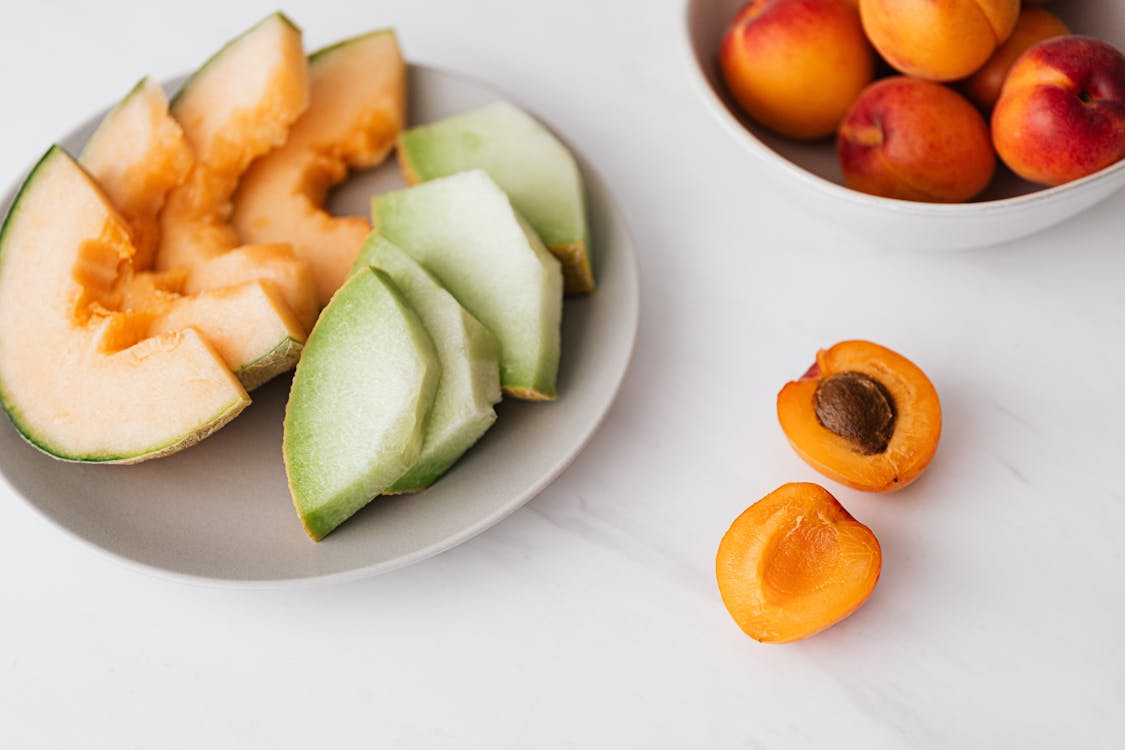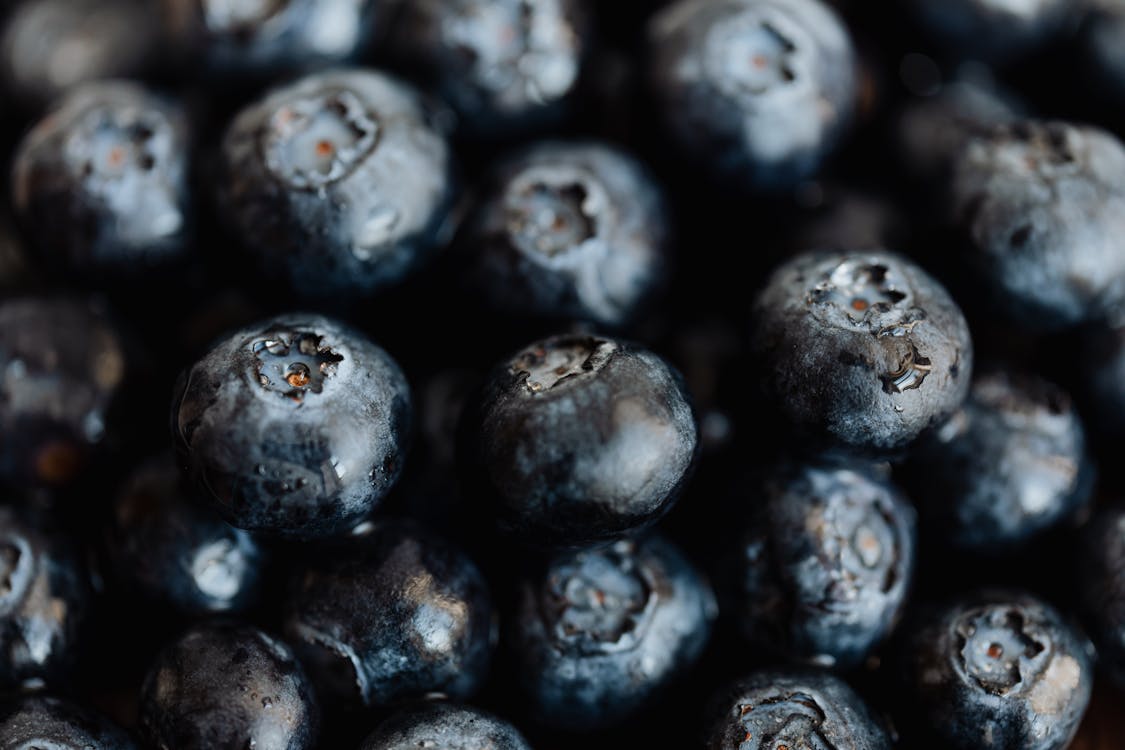Eating healthy is a way to prevent or manage long-term health problems like obesity, diabetes, and heart disease. It also helps reduce stress and improve mood.
To eat well, focus on whole foods that are high in nutrient-rich nutrients and low in sugars, saturated fats, sodium, and alcohol. Then, watch your portion sizes and avoid high-calorie options.
Fruits and Vegetables
When eating Fit Go Healthy foods for optimal health, fruits, and vegetables should be a regular part of your diet. These foods are packed with nutrients and are an excellent source of fiber. They also contain phytochemicals that help protect you from heart disease, cancer, and other diseases.
Despite their nutritional benefits, however, many Australians don’t consume enough fruits and vegetables to reap the full benefits. Research shows that consuming five servings of vegetables and two servings of fruit every day reduces the risk of certain diseases like diabetes, heart disease, and cancer.
A large variety of fruit and vegetable types is recommended to give your body the best mix of nutrients. This includes a 'rainbow' of colors (green, white, yellow-orange, blue-purple, and red).
The most important thing to remember is that you don't have to eat just one type of fruit or vegetable. Some of the best choices include apples, pears, and bananas. You can also choose more affordable options, such as canned and frozen fruits or vegetables, which are often good budget-friendly options.
Another way to eat more fruit and vegetables is to incorporate them into meals that you already love, such as tacos, stir-fried dishes, or salads. Try adding a different colour or texture to your meals by using ingredients such as avocado, broccoli, or cabbage.
In addition to their benefits for your health, eating fruits and vegetables can help you save money on food costs. For example, you can use a few extra strawberries to make strawberry smoothies instead of buying them in individual portions. Or you can buy a package of ready-to-eat washed whole fruit, which can be stored in a bowl in the fridge for an instant snack.
Healthy Food - The Key to a Balanced Diet
Whole Grains
The bran contains B vitamins, fiber, and other nutrients that help keep your blood glucose levels stable. The germ is a good source of protein, vitamins and minerals, and the endosperm contains starches that are an excellent energy source for your body.
Aside from the important role of whole grains in helping you stay healthy, these foods are also low in calories and high in nutrients that your body needs to be strong and well-functioning. They are also packed with antioxidants, a collection of plant compounds that fight the free radicals in your body that may contribute to cancer and other health problems.
In addition, studies have found that people who eat whole grains are less likely to develop chronic inflammation. Chronic inflammation can be a major contributing factor in conditions like rheumatoid arthritis, type 2 diabetes, and cardiovascular disease.
Another study has linked a higher intake of whole grains with a reduced risk of certain types of cancer, including colorectal and gastric tumors. Researchers suspect this is due to the polyphenols, antioxidants, and minerals that are contained in whole grains.
But before you can reap the benefits of a whole-grain diet, you have to know how to spot a real whole grain from a refined one. Refined grains, on the other hand, have been stripped of the natural nutrient-rich bran and germ.
Lean Protein
Eating lean protein is an important part of a Fit Go Healthy diet because it helps you maintain lean muscle mass, burn calories and keep a steady level of energy. It also supports heart health by lowering cholesterol levels and reducing the risk of cardiovascular disease.
Lean proteins are also an excellent source of several essential vitamins and minerals. These include vitamin B, which helps regulate energy levels and support brain function. Zinc is another key mineral, which can boost your immune system and help protect your bones.
Many people turn to dietary supplements and immune boosters to get zinc, but you can also find it in foods such as yogurt, skinless chicken, and lean pork. Seafood, eggs, and dairy are also excellent sources of this nutrient.
Other protein sources that are low in saturated fat and high in other nutrients include beans, nuts, seeds, legumes, and lentils. They contain a range of amino acids, including essential fatty acids and protein-building blocks called peptides.
You can also eat meats like fish, beef, and poultry that are lean, skinless, and low in fat. These are great choices because they're easy to prepare, a good source of protein, and nutrient-dense.
The American Heart Association recommends a protein-rich diet that is low in saturated fat and cholesterol. Aim to eat at least three to four ounces of lean meat or seafood each day to get enough protein and avoid excess calories.
Eggs are a popular source of protein, but they do contain a small amount of saturated fat in the yolks. The whites are considered the leanest portion of the egg and are a better choice for those trying to limit saturated fat intake.
Low-Fat Dairy
Dairy is a good source of protein, several essential minerals, the B vitamins riboflavin, niacin, and B6, and probiotics that can help improve gut health. It’s also a source of potassium, which helps maintain healthy blood pressure.
In addition to milk, many other dairy products offer additional benefits for your health. Some of these include low-fat yogurt, which is an excellent source of protein and calcium.
It can also be fortified with other nutrients, such as iron, B12 and folic acid. It can also be a source of fiber, which can help keep your digestive system healthy.
Alternatively, you can choose low-fat or non-dairy milk, such as soy and nut “bowls of milk.” These are also good source of calcium and vitamin D but have significantly less fat than milk.
However, they can be high in calories, so it’s important to consume them in moderation. They also contain sugar and artificial sweeteners, which can be unhealthy if consumed in large quantities.
The most significant benefit of eating low-fat dairy is that it can help you lose weight and prevent heart disease and type 2 diabetes. It can also contribute to a healthier diet, which can help you reach your fitness goals.
Healthy Fats
Fat is an important part of a healthy diet because it provides the body with energy, helps the brain develop properly, and fills our fat cells so that we can feel full. It's also an essential nutrient that can help you absorb vitamins A, D, E, and K, control blood sugar levels, and reduce your risk of heart disease and cancer.
But it's important to remember that a gram of fat has more calories than a gram of carbohydrates or protein, so be sure to eat healthy fats in moderation. That's especially true for saturated fats, which should be limited to less than 10% of your total daily calories.
Monounsaturated and polyunsaturated fats can provide a variety of health benefits, including reducing your risk of heart disease and regulating blood sugar levels. These types of fat can be found in foods like olives, avocados, nuts, seeds, and oils.
Saturated fats, on the other hand, are solid at room temperature and come from animal foods like meat, dairy, and fatty cuts of poultry. They can be unhealthy in high amounts, but they're generally not harmful in small amounts.
The key is to replace saturated fat with unsaturated fats. That means eating more fish, nut kinds of butter, avocados, and olive oil.
It's also important to avoid foods that contain industrially produced trans fats, which can raise your bad cholesterol and increase your risk of heart disease. Check the Nutrition Facts label to see if a food contains them and how much.
In addition, limiting your intake of processed, refined carbs and sweets is key to weight loss success. Adding more whole, unprocessed whole foods to your diet is another way to improve your health and keep weight gain at bay.



